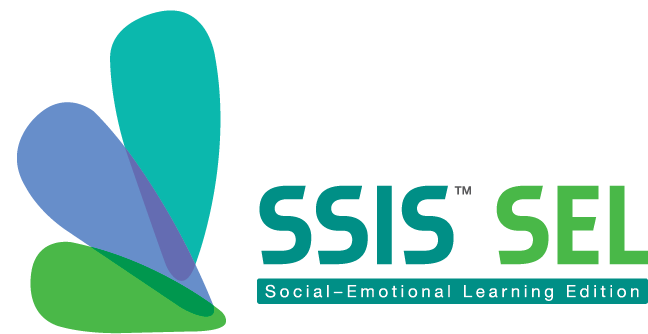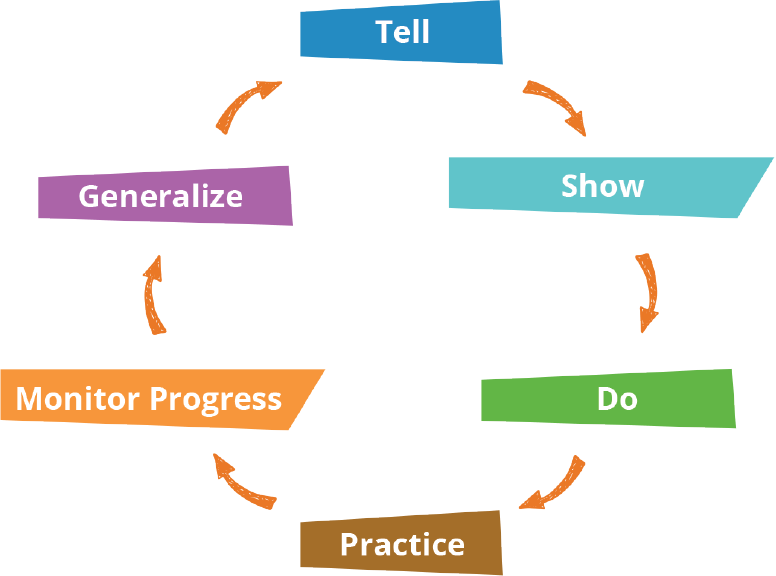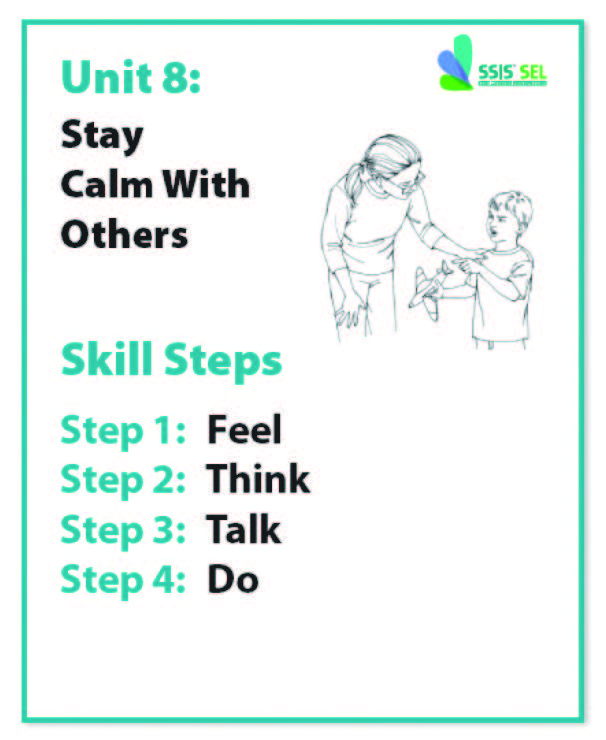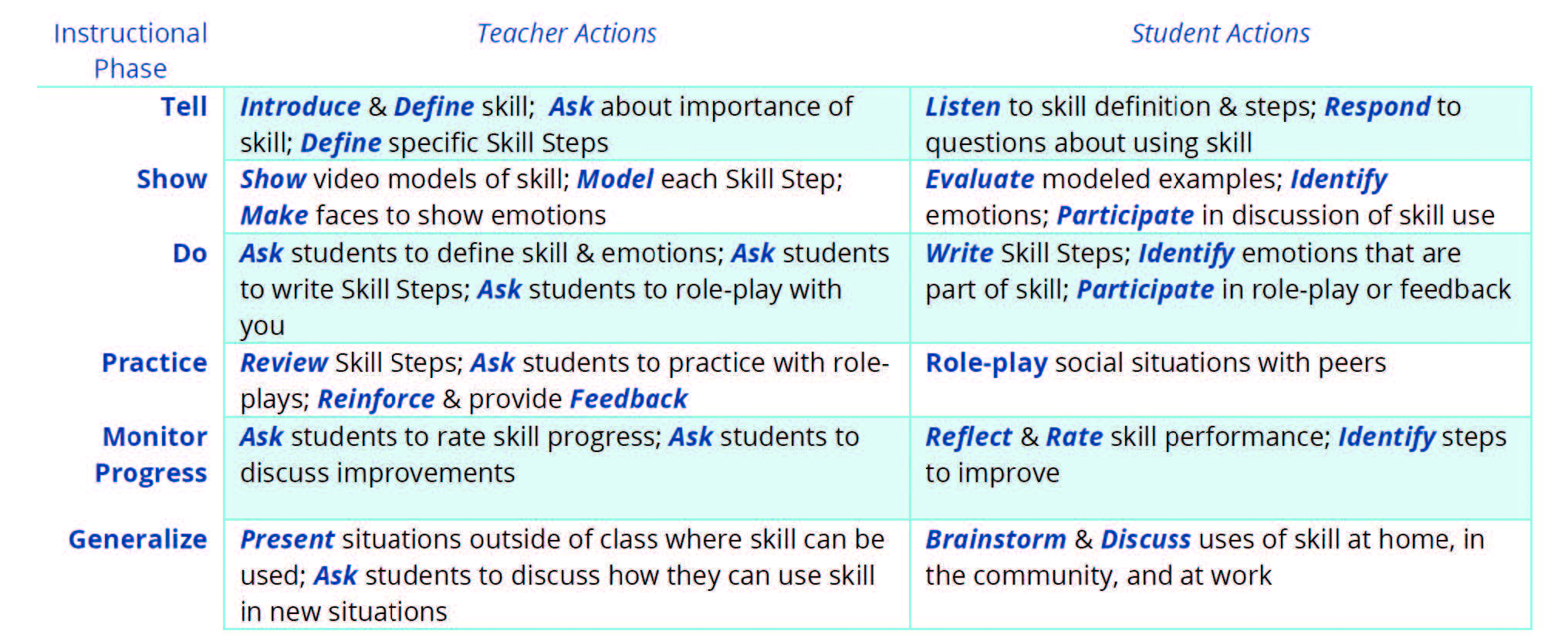Brief #2 – Teaching Children to Stay Calm with Others
Intervention Simplified
Teaching Children to Stay Calm with Others
Stephen N. Elliott, PhD

Teaching social–emotional learning (SEL) skills to an entire class of children is becoming increasingly recommended by educational leaders, but it can be very challenging without the right tools and training (Grant et al., 2017; Jones et al., 2017). The SSIS™ SEL Edition Classwide Intervention Program (CIP; Elliott & Gresham, 2017) includes tools and resources that address the recognized challenges of limited time, cost, and teacher training and are designed explicitly to assist teachers to develop their students’ social–emotional learning (SEL) skills. This intervention brief provides an overview of the SSIS SEL Edition CIP and illustrates how to effectively teach a self-management skill.
Overview of the SSIS SEL Edition CIP
The SSIS SEL Edition CIP is used by educators and mental health professionals to develop and improve social–emotional skills for children ages 4 to 14. Specifically, this multitiered intervention program provides interventionists with a SAFER—Sequenced, Active, Focused, Explicit, Responsive—way to teach children social–emotional skills that represent core social−emotional learning (SEL) competencies. These competencies, based on the Collaborative for Academic, Social, and Emotional Learning (CASEL, 2012) framework, are defined as self-awareness (recognizing one’s emotions, values, and the ability to assess one’s strengths and weaknesses); self-management (the ability to handle one’s own emotions and behavior so that they do not interfere with accomplishing social tasks); social awareness (demonstrating understanding and empathy for others’ feelings); relationship skills (establishing and maintaining healthy interpersonal relationships in groups and dealing effectively with conflict); and responsible decision making (making ethical and constructive choices about one’s personal and interpersonal behaviors).
To develop the SSIS SEL Edition CIP, Elliott and Gresham (2007, 2017) identified six components to efficiently and effectively teach social–emotional skills.
These components have become the practical instructional phases of Tell, Show, Do, Practice, Monitor Progress, and Generalize.
DiPerna and colleagues (2015, 2016, 2017), in a randomized control trial in six elementary schools funded by the U.S. Department of Education, provided strong evidence to support the SSIS SEL Edition CIP’s six-phase program. Specifically, they found that using the six-phase process resulted in students learning social–emotional skills (e.g., listens to others, takes turns in conversation, asks for help, stays calm when hit or pushed, does nice things for others) and performing these desired behaviors more frequently, concurrently reducing the frequency of many common externalizing problem behaviors, and increasing academic engagement and achievement test scores. This research documenting the triple positive impact of the SSIS SEL Edition CIP resulted in CASEL designating it a SELect program for elementary students (https://casel.org/guideprogramssocial-skills/)
Teaching a self-management skill: staying calm with others
Staying calm with others is a self-management skill that teachers and parents alike agree is critical for successful functioning at school and home. In the SSIS SEL Edition CIP, it is defined as not getting mad or losing our temper with others; instead, think about our feelings, stay relaxed, and talk things out so everybody can work or play well together.
The steps for this skill are illustrated on the Unit 8: Stay Calm With Others Skill Steps Cue Card. Because school involves interacting and working with many other children and a number of adults in dozens of social situations daily, this skill is expected and valued in virtually all children.


Using the six-step SSIS SEL Edition CIP instructional process, the key actions and activities for both the teacher and his/her students are listed in the table below.

By following this instructional process, most teachers can teach a skill lesson in 25 to 30 minutes and provide a SAFER intervention program that students enjoy and learn from. With the additions of SSIS SEL Edition CIP resource materials—PowerPoint™ lesson presentations, video clips, Emotions Cue Cards, Student Engagement Records—all students will be engaged and the intervention is simplified for teachers!
References
Collaborative for Academic, Social, and Emotional Learning. (2012). Effective social and emotional learning programs. Retrieved from https://casel.org/wp-content/uploads/2016/01/2013-casel-guide-1.pdf
DiPerna, J. C., Lei, P., Bellinger, J., & Cheng, W. (2015). Efficacy of the Social Skills Improvement System Classwide Intervention Program (SSIS-CIP) primary version. School Psychology Quarterly, 30(1), 123–141. doi:10.1037/spq0000079
DiPerna, J. C., Lei, P., Bellinger, J., & Cheng, W. (2016). Effects of a universal positive classroom behavior program on student learning. Psychology in the Schools, 53(2), 189–203. doi:10.1002/pits.21891
DiPerna, J. C., Lei, P., Cheng, W., Hart, S. C., & Bellinger, J. (2017). A cluster randomized trial of the Social Skills Improvement System-Classwide Intervention Program (SSIS-CIP) in first grade. Journal of Educational Psychology, 110(1), 1–16. doi:10.1037/edu0000191
Elliott, S. N., & Gresham, F. M. (2007). Social Skills Improvement System Classwide Intervention Program teacher’s guide. Bloomington, MN: NCS Pearson.
Elliott, S.N., & Gresham, F.M. (2017). SSIS SEL Edition Classwide Intervention Program manual. Bloomington, MN: NCS Pearson.
Grant, S., Hamilton, L. S., Wrabel, S. L., Gomez, C. J., Whitaker, A., Leschitz, J. T.,Ramos, A. (2017). Social and emotional learning interventions under the Every Student Succeeds Act: Evidence review. Santa Monica, CA: RAND Corporation.
Jones, S. M., Brush, K., Bailey, R., Brion-Meisels, G., McIntyre, J., Kahn, J., Stickle, L. (2017, March). Navigating SEL from the inside out: Looking inside & across 25 leading SEL programs: A practical resource for schools and OST providers. Retrieved from http://www.wallacefoundation.org/knowledge-center/Documents/Navigating-Social-and-Emotional-Learning-from-the-Inside-Out.pdf
Elliott, S. N., & Gresham, F. M. (2017b). SSIS SEL Edition Classwide Intervention Program manual. Bloomington, MN: NCS Pearson.
Stephen N. Elliott, PhD, is the Mickelson Foundation Professor at Arizona State University and the co-author of the SSIS SEL Edition Assessments and Classwide Intervention Program.
© 2018 Pearson Education, Inc. or its affiliates. All rights reserved. Pearson and SSIS are trademarks, in the US and/or other countries, of Pearson plc. LRNAS15520 EL 9/18
